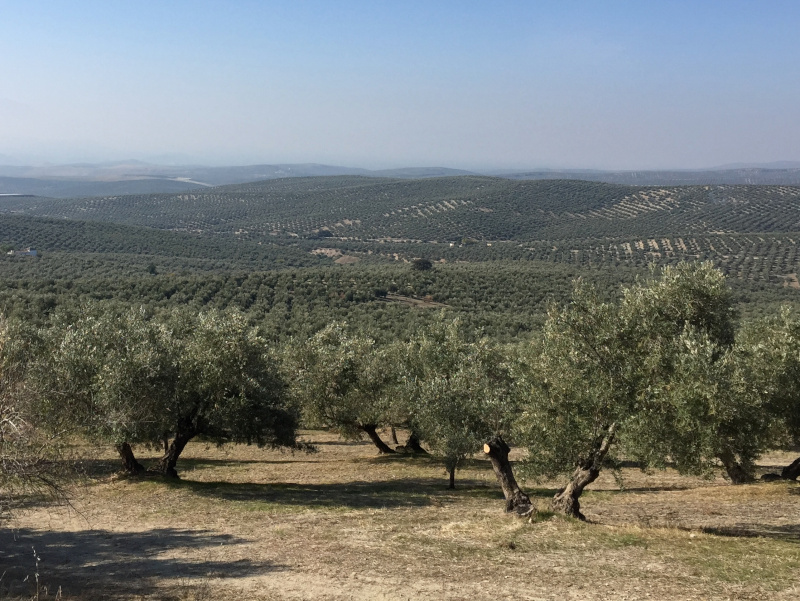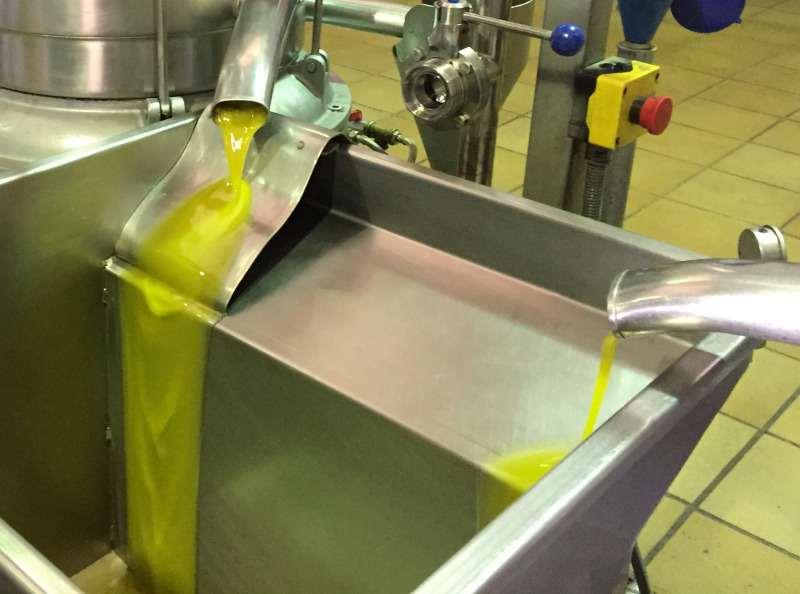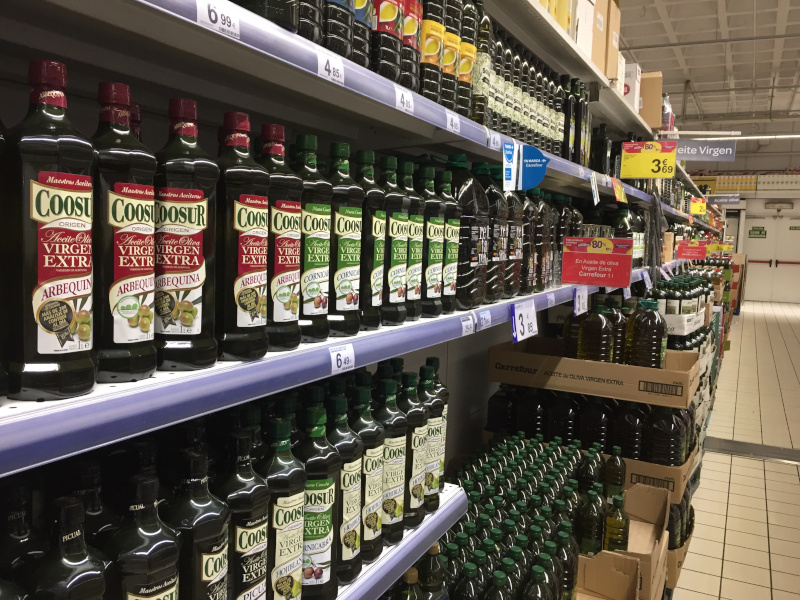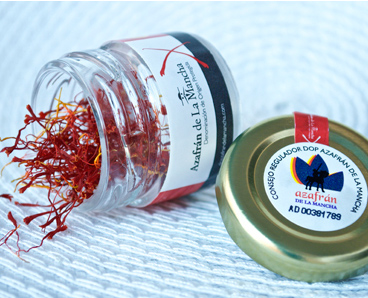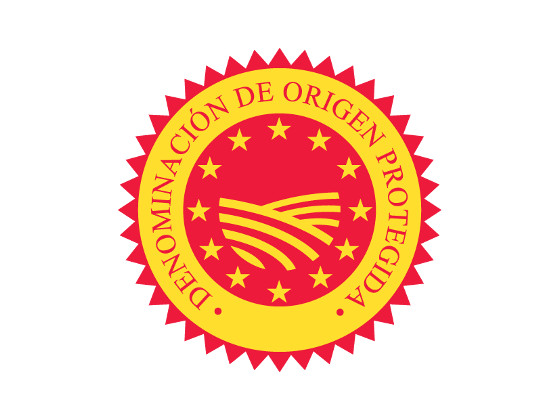Spain is the world’s top producer and exporter of olive oil and table olives. Although it varies from season to season, Spain produces 45%-50% of the world’s olive oil production, followed by Italy (10%-15%) and Greece (8%-10%).
The olive tree is native to the Mediterranean and is cultivated over a vast area in Spain. Olive growing and associated products are one of the top sectors in the Spanish food industry in terms of economic and social importance.
It’s important to remember that olive oil is the juice of a fruit. As with all fruits and juices, the quality of the fruit and the process of making the juice can impact on flavor, use, and storage.
The classification of “extra virgin” or “virgin” comes down to the quality of the juice. Extra virgin olive oil is obtained directly from olives and solely by mechanical means. It is purer than any other oil, with no chemical solvents, refining process, or blending.
Virgin olive oil is made the same way but doesn’t meet the standards of superior quality associated with extra virgin. Tasting panels have strict tests and a points system to ensure the label “extra” is associated only with the very best oils.
Plain olive oil is made by mixing refined olive oil (85%) with extra virgin olive oil (15%). See our post How olive oil is made to get more details about the oil-making process and classification.
Always keep on hand a bottle of basic, inexpensive extra virgin olive oil for cooking. As a rule, use extra virgin olive oil for any method of cooking except for deep frying (sautéing, simmering, shallow frying, roasting...).
When you are deep frying, use a plain olive oil but don’t worry about the heat or the smoke point – it is far above the usual home cooking temperatures for all kinds of olive oil (extra virgin or plain). So don't stop using it for that reason, as you will never reach those temperatures in your daily cooking.
Use a more expensive finer, higher-quality extra virgin olive oil for raw recipes or dressings. It is worth spending more money on oil that will make a difference in your dishes.
Don’t be driven by claims like “first press”, “cold press”, “low acidity”, or “unrefined” … because all extra virgin olive oils are, by law, extracted the same way. Don’t be concerned with “non-GMO certified” either, because genetically modified olives are not allowed in Europe (where most olive oil comes from).
When it comes to buying a nice, first-class olive oil, we recommend oils from a single, unambiguous source, so look for packaging that includes phrases like “Product of Spain” or “Produced and bottled in California”... Avoid brands that mention several countries on their bottles.
Some European brands add an extra guarantee of origin as they adhere to the European Union’s Protected Designation of Origin law that guarantees the product is associated with a certain region, produce varieties, production rules and quality standards.
Choose oils from small producers (i.e. “estate bottled”) instead of big trading or retail corporations. As with wine, you can trust small wineries more than huge corporations. Choose the brands that mention the olive varieties used. Again, this is like with wine - can you imagine buying a wine whose label reads “very good red wine”? Once you are familiar with varieties, you can expect the same flavors and aromas regardless of the brand. Some varieties are more aromatic (so, more appropriate for salads) and others may add more character to your recipes.
The most common olive varieties used to make oil in Spain are (ordered from more fragrant to more pungent):
Dark bottles or tins are preferred as they protect the oil from light. In all cases, keep them in the dark, such as inside a cupboard, and away from heat sources.
There is no need to refrigerate the oil and be mindful that it gets solid below 10 ºC (50º F). Don’t worry though, if your oil turns solid it will not impact the taste or quality.
Once you open a bottle, use it - don’t keep it as a precious treasure. As with any juice, it will lose properties as time goes by.
Saffron is one of the most appreciated spices in history. Find out why here, as well as some tips for buying and cooking with it.
We all have olive oil in our kitchen cupboard, but how does it get from the olive tree to the bottle? We break down the complex process into steps so that you will know all that go in behind the scenes.
The Protected Designation of Origin label certifies where foodstuff has been grown and/or produced to avoid couterfeits and deliver to customers the excellence of European foodstuff production
